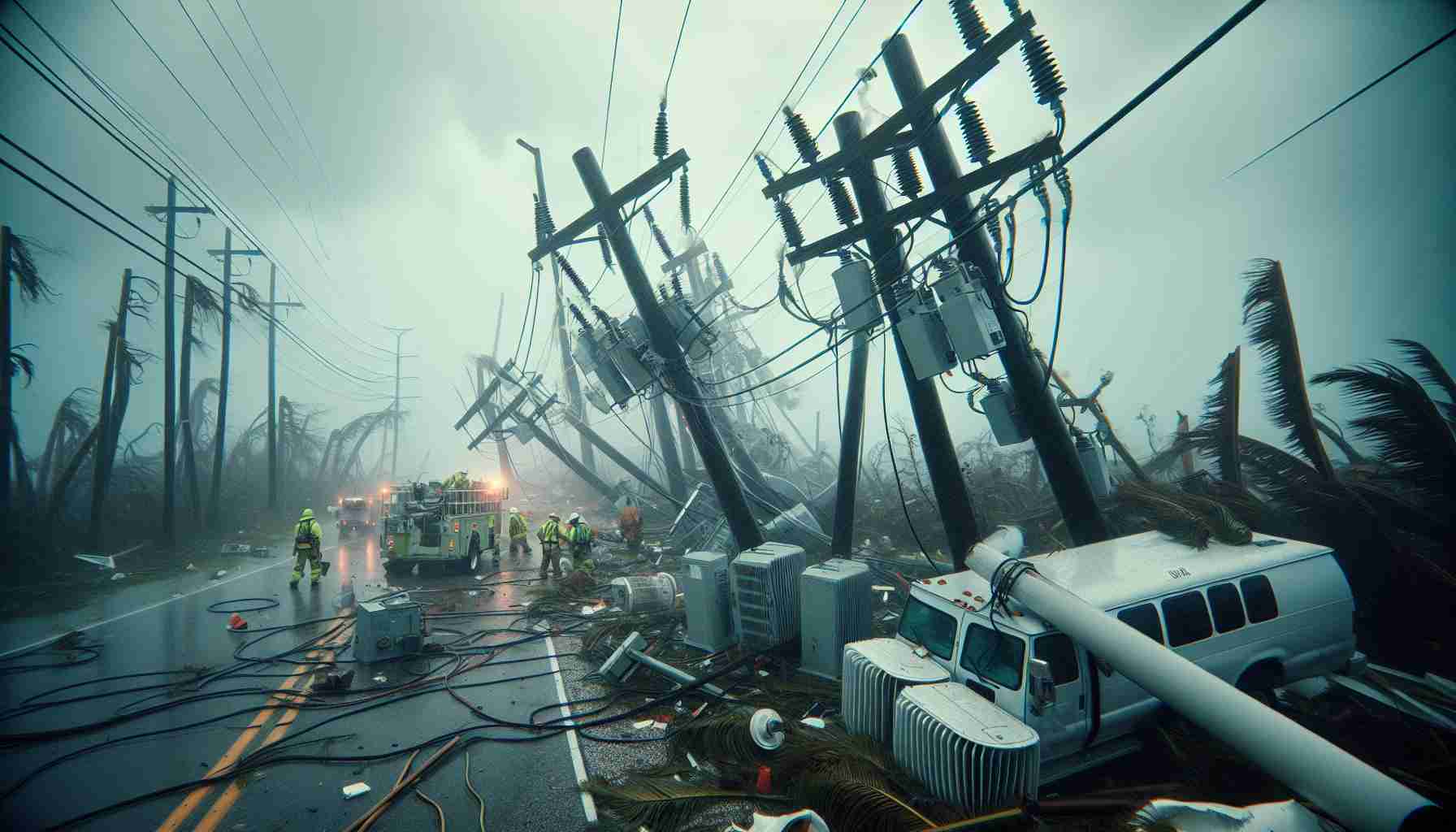Severe Disruption: A widespread power outage has affected thousands of residents across Florida after Hurricane Milton ripped through the state. The devastation caused by the storm has left many households in the dark, disrupting daily life for individuals and communities alike.
Unprecedented Aftermath: The aftermath of Hurricane Milton has resulted in a significant loss of power for approximately 2 million customers in Florida. The impact of the storm’s landfall near Siesta Key in Sarasota County reverberated across the state, particularly affecting power providers such as Florida Power & Light, Duke Energy, and Tampa Electric.
Challenges Ahead: Restoring power to all affected areas poses a monumental challenge for utility companies as they work tirelessly to address the extensive damage caused by Hurricane Milton. The road to recovery will require coordinated efforts and resources to ensure that electricity is restored in a timely manner.
Community Support: In the face of adversity, communities are coming together to support one another during this difficult period. Local authorities, emergency responders, and volunteers are actively assisting those in need and providing aid to mitigate the impact of the power outage.
Resilience and Recovery: Despite the challenges posed by Hurricane Milton, the resilience of Floridians shines through as they band together to overcome this testing time. As efforts continue to restore power and rebuild affected areas, the spirit of unity and solidarity prevails in the face of adversity.
New Technologies and Resilience: While the impact of Hurricane Milton on Florida’s power grid has been severe, advancements in technology are aiding in the recovery process. Smart grid systems, which allow for better monitoring and management of power distribution, are proving to be invaluable in identifying and addressing issues more efficiently.
Increased Preparedness Measures: In the wake of Hurricane Milton, utility companies are reevaluating their disaster preparedness plans to better respond to future extreme weather events. Enhanced training, improved infrastructure resilience, and updated communication protocols are crucial components in mitigating the effects of power outages caused by natural disasters.
Evaluating Underground Power Lines: One of the key questions arising from the impact of Hurricane Milton is the effectiveness of underground power lines in withstanding such catastrophic events. While underground lines are less susceptible to damage from high winds and falling debris, they present challenges in terms of maintenance and repair, potentially leading to longer restoration times.
Key Challenges: Some of the critical challenges faced by utility companies post-Hurricane Milton include balancing the need for rapid power restoration with ensuring the safety of restoration crews, adequately assessing the extent of damage to the power grid, and managing the expectations of customers waiting for their electricity to be reinstated.
Advantages and Disadvantages: The use of underground power lines offers an advantage in reducing the vulnerability of the grid to severe weather, but their installation and maintenance costs can be significantly higher than above-ground systems. Additionally, while smart grid technologies enhance grid resilience, they may require substantial initial investments.
Related Link: Department of Energy for information on national energy policies and infrastructure.
